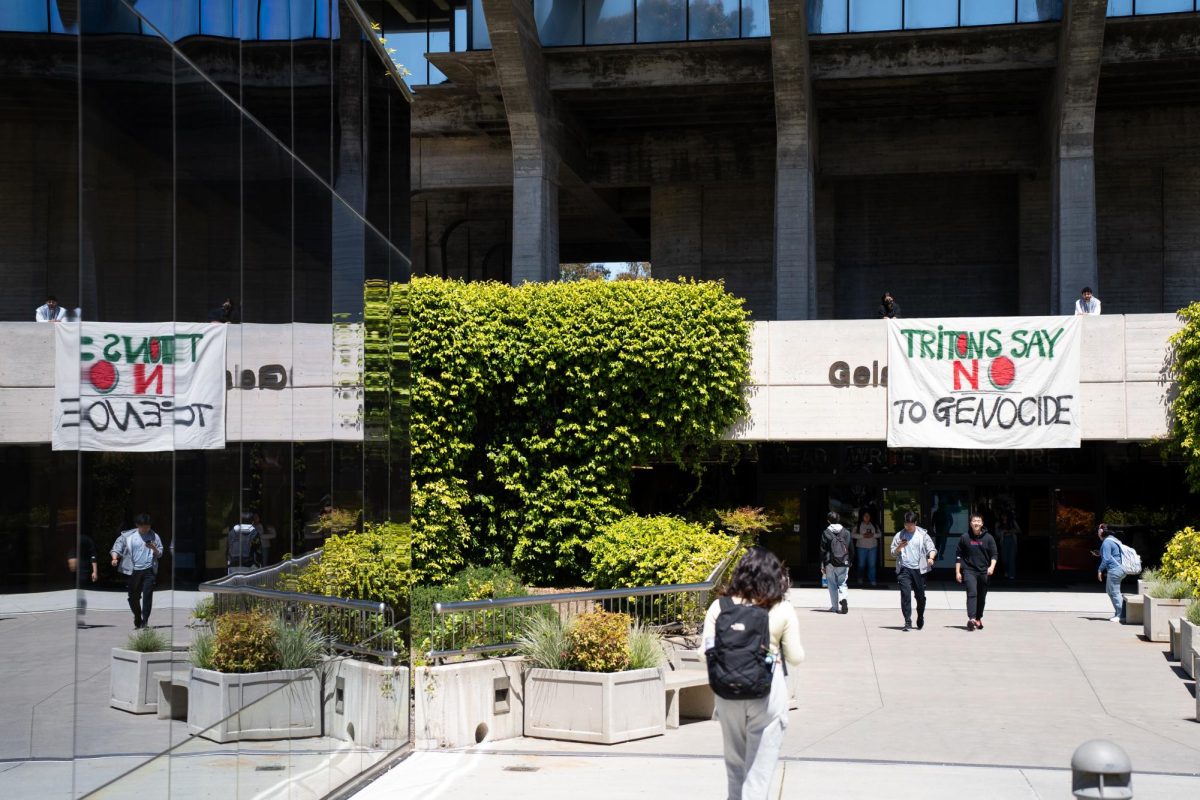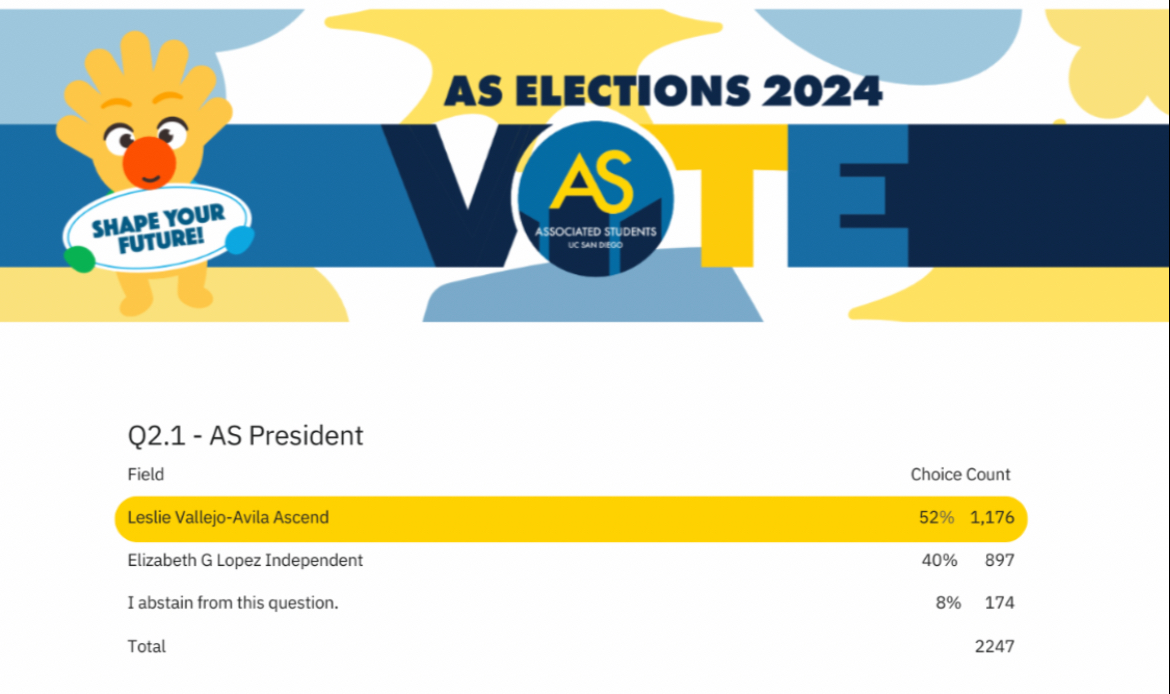UCSD researchers at the Mayfield Laboratory have been working on developing a malaria vaccine using algae. On April 19, they published their discoveries collected this past year from their most recent study.
This study’s primary researchers were principal investigator Stephen Mayfield, professor of biology; postdoctoral fellow James Gregory; and undergraduate researchers Aaron Topol and David Doerner.
The researchers discovered that after feeding mice the dried algae, which retained functional vaccine proteins, the antibodies were seen in their gut but not in their blood. Because the antibodies must be in the blood for the malaria vaccine to work, the proteins used in this vaccine are not effective. However, this study does show that a different protein may be effective in getting the antibodies into the bloodstream.
“Since the feeding did induce antibodies we know the system works,” Mayfield said. “Now we just need to identify a protein that can move the protein from the gut into the blood system so we can get antibodies there.”
When deciding what kind of vaccines would be best expressed in algae for use in developing countries with lower levels of technology, malaria was a top choice because it could be developed on a large scale using low costs.
“It’s too costly to vaccinate two billion people using current technologies,” Mayfield said in an article from the UCSD News Center. “Realistically, the only way a malaria vaccine will ever be used in the developing world is if it can be produced at a fraction of the cost of current vaccines.”
Last year, the Mayfield Laboratory successfully made injectable vaccines, while this past year they researched an edible vaccine using dried algae.
“Malaria remains one of the worst diseases on the planet, and we still have no vaccine for it, so any step, even a small one like this, is encouraging,” Mayfield said.
In the future, the researchers will test other proteins to try to identify proteins that can transport antibodies into the blood system. There are several proteins other researchers have successfully utilized to get antibodies into the blood system that the Mayfield Laboratory researchers may try next.







